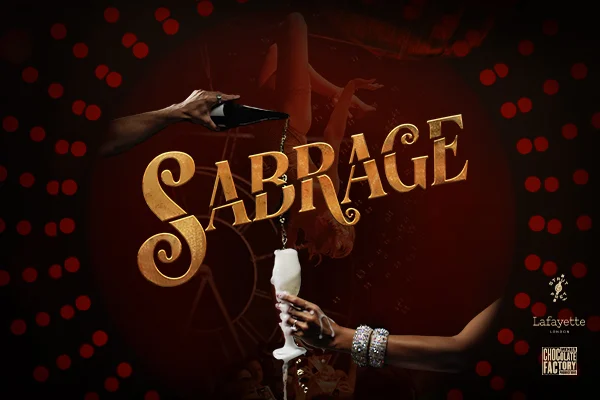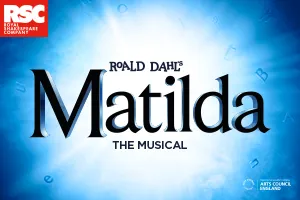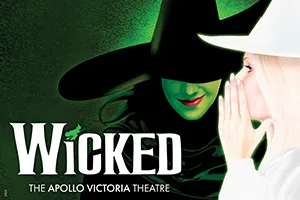Luscious colours, hypnotic dance, the exotic (to westerners) Chinese/Tibetan interpretation of Stravinsky’s Rite of Spring should make Yang Liping’s Peacock Contemporary Dance Company an extraordinary show. Devised in three parts, Stravinsky’s music book-ended with Tibetan music composed by He Xuntian, there is much to admire; gasp at and ponder but sadly the piece is too beautiful, almost saccharine and instead of the visceral dance experience Stravinsky’s music demands, it is anodyne.
Much to admire, gasp at and ponder but... too beautiful, almost saccharine.
As the audience enter, we see thirteen female performers already on stage sitting cross-legged meditating. Their heads adorned with a circle glinting with jewels and we can guess that these are deities come down to earth. They sit on a vast circular form of thousands of brick shapes joined together with others scattering the stage, and throughout the show a monk pieces them together like a jigsaw. What they signify is unclear.There are additional programme notes but so many it’s hard to know what’s relevant before the show.
There are wonderful visual effects, not least the vast golden bowl that dominates the set designed by Tim Yip (well-known in the west for his work for Akram Khan). We can guess that this is the heavenly sphere. The dancers sway and flutter their long finger nails. This arm and hand movement is a familiar trademark of Yang Liping who has been called the Peacock Princess in China since 1986 when she gained nationwide fame for her dance piece Spirit of the Peacock – a development of a folk dance from her own Bai culture in the Yunnan province of south-west China. The most stunning of these visual effects are the long green nails fluttering in ultraviolet light, symbolising the green shoots of spring. Lined up behind each other, their feet clamped in stirrups, the dancers then perform impressive back bends, swaying backwards and forwards.
The sacrificial dance of the virgins to Stravinsky attempts wild abandon but unfortunately pales in comparison with Pina Bausch’s visceral interpretation (revived in London earlier this year). In Liping’s version a shaggy-maned lion-head appears – the god which the chosen victim will be sacrificed to. A male dancer then slips out of the lion-head and simulates sex with a splay-legged dancer and they perform various acrobatic convolutions. Confusingly, there seem to be more than one girl about to be chosen and this goes on far too long. The final chosen one ends up stuck with pieces of the brick jig-saw. Baffling and clumsy, even if one did know or could guess the meaning.
The additional programme booklet explains that these bricks form thousands of six-word mantras which are incantations in Tibetan Buddhism, an obsession which must be lost to achieve enlightenment and reincarnation. This is part of the problem of this show. Too much needs explaining, instead of being imaginatively or dramatically felt by the audience. That said, the male ‘god’ who ravishes the girls is clear enough, he is ‘desire’ but when as Lion he bites off the head of the chosen victim with a great chomp the effect is bathos rather than frightening. The show ends on a brilliant image of the victim reincarnated: flying and then standing in the shining bowl as a stream of gold pieces pour down on her from above. And still plodding away, the monk trudges by with a basket loaded with brick pieces oblivious to the girl’s ecstasy, a superbly humourous touch, contrasting heaven and earth.
A mixed experience then as a dance performance. The beautifully illustrated booklet is something to treasure though, as an introduction to Tibetan Buddhist philosophy.


















